Review: Motorola Moto G (3rd Gen)
Aug 5, 2015, 10:00 AM by Eric M. Zeman
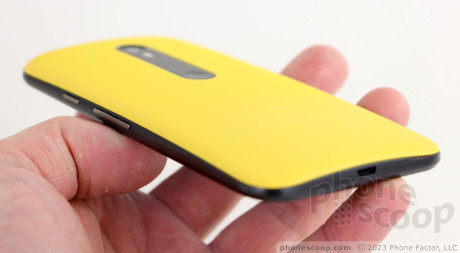
Motorola's mid-range masterpiece, the Moto G, is a formidable smartphone that should not be overlooked. It is waterproof, customizable, and outguns the competition on many fronts. Moreover, the $179 price tag makes it an incredible value for the dollar. Here is Phone Scoop's full report about this capable Android handset.
Hardware
Is It Your Type?
The Moto G is for people who want the best mid-range handset money can buy. No other phone provides as much value for the dollar as the Moto G, and it puts much of the competition to shame.
Body
Motorola's middleweight contender has always represented a good value. Since it arrived in 2013, it consistently delivered a solid experience for less than $200. From an appearance standpoint, the 2015 Moto G makes only slight changes. Much of what's new is under the hood, but the hardware has been improved in several significant ways.
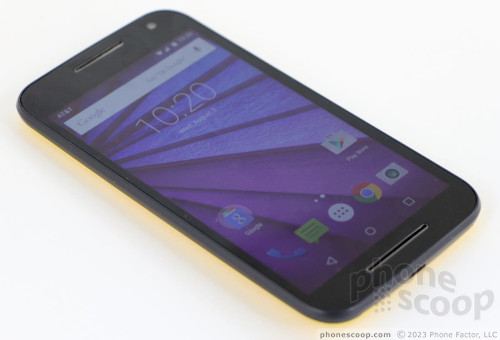
To start, Motorola now lets consumers customize the Moto G to a certain degree through its online Moto Maker tool. Black and white are the only two options for the front of the G, but Motorola is offering 10 different colors for the rear shell and 10 colors for the accent. The shells are all the same plastic material (no wood, no leather). Where there are thousands of ways to iterate with the high-end Moto X, there are only a few hundred ways to customize the Moto G. Even so, that's far more owner-input than most phone makers offer to their mid-range handsets.
Motorola's three main smartphones (X, G, E) bear a striking family resemblance. Each has the same basic look and shaping, with horizontal slits above and below the screen, rounded corners, and a figured rear surface that tapers towards the edges. The colorful rear shells are what give each handset its personality. The G shares these characteristics with its brethren.
By modern standards, the Moto G is an average-sized handset. Thanks to the 5-inch screen the phone is somewhat big, but it stops short of being over-sized like Motorola's own Nexus 6. The dimensions are nearly identical to last year's handset: it's 1mm taller, wider, and thicker, and just 0.2 ounces heavier. Most people will be pleased with the size, as it's easy to use one-handed. The phone could be thinner, but the overall footprint is acceptable. It should fit into most pockets without problem, but it might be noticeable if your pants are tight.
Motorola used good materials to assemble the phone, which is put together tightly. The rear shell is formed by a coated rubber and the seams are snug. The glass panel on front is fitted well in the polycarbonate frame that holds it in place. The G isn't made from the highest-quality stuff, but it's still made well enough.
The slits for the earpiece and microphone are the most obvious design elements visible on the front face of the phone, Sadly, these don't double as stereo speakers. The user-facing camera is also visible. The G does not have any physical buttons interrupting the glass face. There are no logos or trademarks anywhere, and I rather appreciate that.
Motorola placed the screen lock and volume buttons on the right edge of the Moto G. The buttons have a metal finish and jut out significantly from the speckled gray frame that holds the G together. The buttons are easy to find and use, and travel and feedback are quite good. I do wish the button positions were reversed, with the screen lock below the volume toggle, but maybe that's just me. The headphone jack is on the top edge and the USB port is tucked into the bottom edge. This leaves the left edge clean.
One of the biggest improvements the 2015 G offers when compared to its predecessor (and many other handsets) is its new waterproof design. The Moto G can handle up to 30 minutes in one meter of water, which means it will be safe from accidental drops in the pool, tub, toilet, or your morning bowl of Wheaties. I tested it under running water and in the pool and had no trouble with the phone. It survived a shower and a swim just fine.
In order to make the phone waterproof, Motorola futzed with the design of the rear shell. It's a bit more flexible than the shell on last year's phone, but is fitted much tighter. You won't have any trouble peeling the shell off, but take care to make sure it is fully reseated to ensure the gaskets are sealed, especially near the camera module.
The G supports micro SIM cards and microSD memory cards. The slots are positioned next to one another near the camera module under the rear shell. The battery is sealed inside.
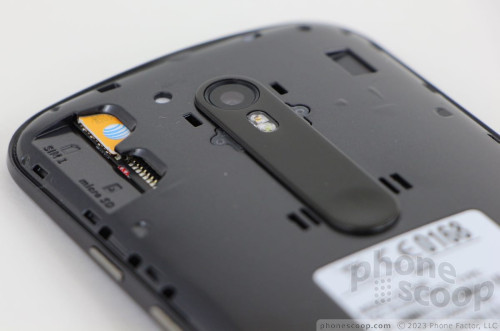
Motorola redesigned the camera module. In the 2013 and 2014 models, it was simply a round circle on the back surface. Now, the module is part of a larger, bar-shaped metallic element that measures close to two inches long. It includes the camera lens, dual LED flash, and the now-standard indented Motorola "M" logo. The finish of the camera module is one aspect of the G that can be customized. You can put it to good effect to provide some contrast to the rear shell if you pick the right color combo for the two.
The Moto G is a solid piece of hardware that has some bona fide features (customizable colors, waterproof design) that many competing handsets don't. Toss in the good looks, solid build quality, and ease-of-use, and the Moto G is an all-around winner.
Screen
The G has a 5-inch LCD display with 1280 by 720 resolution. While I'd prefer to see full HD, the 720p HD works well with the G. I was not wanting for pixels. The resolution was more than adequate for watching YouTube videos, browsing the web, and scrolling through social network feeds. I didn't see any pixelated edges or have trouble reading text. Colors are accurate, and the screen produces plenty of brightness. I was able to use the Moto G inside and out with no issue. Viewing angles are decent. There's some brightness drop off when the phone is tilted side to side, but there's no blue shift. The Moto G has a very good screen for the money.
Signal
The Moto G comes in two major variants: one that supports GSM networks and one that supports CDMA networks. The major improvement with the 2015 Moto G is the addition of standard support for LTE networks. It can be used on the LTE networks of AT&T, Sprint (CDMA variant required), T-Mobile, and others in the U.S. We tested it on AT&T's network initially and it passed with flying colors.
The Moto G latched on to AT&T's LTE service everywhere we took it in the NYC region. The phone dipped to HSPA+ a couple of times, but so did other phones we had on hand for testing. The G was always able to make and receive calls and never missed any, even under the worst coverage conditions. I was pleased with data speeds. They were more than adequate for streaming tunes via Spotify, catching up on YouTube videos, and of course sending email, updating Facebook, and downloading apps.
Sound
Um, wow. The Moto G is an impressive voice phone. The earpiece produces prodigious amounts of sound when set at full volume. (It's almost painfully loud.) I easily heard conversations through the Moto G over the din of a raucous coffee shop. The earpiece speaker is prone to a bit of distortion when cranked all the way up, but thankfully you can leave it set at about 75% most of the time for loud and clear conversations. People I spoke to through the Moto G said I sounded "average."
The speakerphone also produces an insane amount of volume, so much so that you can easily hear calls in the car, at noisy backyard BBQs, and even bustling diners at lunch time. In fact, it's so loud I'd recommend you take the call outside or somewhere more private, because everyone will be able to hear both sides of your conversation.
As you might surmise, the ringers and alerts are plenty loud. The vibrate alert is what I'd call average.
I'm disappointed the Moto G doesn't have stereo speakers (like last year's model,) but music pumped through my favorite pair of earbuds sounded quite good.
Battery
Motorola increased the Moto G's battery from 2,070 mAh in last year's handset to 2,470mAh in the 2015 edition. The jump in capacity is nice, but it delivers only a modest improvement in battery life. In my tests, the Moto G lasted just more than a standard day (breakfast to bedtime). It often had 10 to 15% of a charge left at the end of the day. Last year's Moto G ran into trouble by 9pm a few times, but I didn't have that issue with the new model. It made it from morning to night consistently.
Android 5.1 Lollipop includes a basic battery saver tool and it is easily found on the Moto G. It can be set to come on automatically at 5% or 15%, or you can toggle it on/off manually. It reduces performance and limits vibrations, location services, and background data syncing to push the battery a bit more.
Bluetooth, GPS, NFC, WiFi
The Moto G includes Bluetooth 4.1 and the most common set of profiles. I paired it quite easily with a handful of other devices, such as headsets, my car, and my computer. I was generally pleased with the quality of phone calls via my car's hands-free system. They were loud and clear the majority of the time. Music pushed through my best set of stereo headphones was decent, but without the aptX profile, the Moto G fell short of what I've experienced with other phones.
The GPS radio worked well enough, but it really depended on WiFi for accuracy. For example, working alone the GPS radio was never more accurate than about 60 or 70 feet. With WiFi on, accuracy improved to about 25 to 30 feet, and that was the best I saw. Some phones can pinpoint me on a dime with GPS alone.
The Moto G does not have NFC.
WiFi worked without issue.
Software
Lock Screen
Motorola offers one of the most useful lock screens available to Android handsets. There are three basic settings. Moto Display shows important notifications as simple, interactive icons on the lock screen. Ambient Display wakes the screen regularly with a list of the current notifications in a more detailed way. Last, users can choose to leave the screen dark at all times.
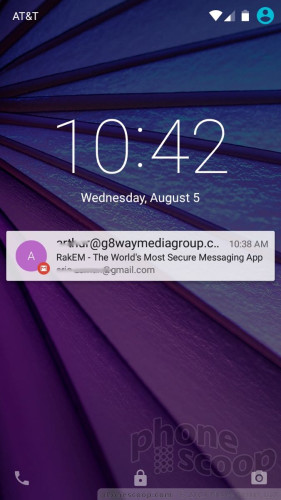
The big difference between Moto Display and Ambient Display is what you see on the lock screen. With Moto Display enabled, you'll see the Gmail logo when a new Gmail arrives, or the SMS logo when a new text arrives. That's all. With Ambient Display, you'll see the exact number of Gmails or text messages you have, and who the most recent one is from.
Whichever you choose, the notifications arrive and repeat once and then go away. The clock is displayed whenever notifications arrive. The Moto G is smart enough to keep the screen dark when it senses that the phone is in your pocket or purse, or face down.
All lock screen notifications can be dismissed if you swipe them left or right. Swiping up will show you more details of any given notification, while swiping down will open the app associated with that specific notification.
If you press the screen lock button, the display wakes fully to show the clock, wallpaper, and notifications listed below the clock. There's a shortcut to the camera available on this screen.
I like how flexible the Moto G's lock screen is, and how it handles notifications.
Home Screens
The Moto G ships with a mostly standard version of Android 5.1 Lollipop. About the only adjustments you can make (aside from normal stuff, like wallpapers, widgets, and so on) are whether or not you activate the Google Now launcher and the Moto app.
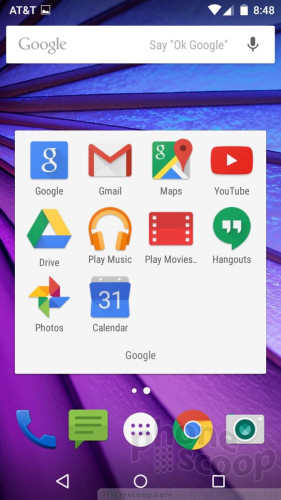
The Moto App bundles together a handful of behaviors we've seen on older Moto X, G, and E handsets. Moto App controls Ambient Display / Moto Display. It also manages the Moto Assist function, which is used for changing Do Not Disturb settings based on location and calendar. Last, it can handle some gesture-based controls. For example, a quick turn of the wrist will launch the camera, and a quick shake of the phone will launch the camera and immediately fire off a photo.
Otherwise, the Moto G's stock Lollipop interface behaves just as every other Android Lollipop phone does.
As for performance, the Moto G uses a 1.4GHz quad-core Snapdragon 410 processor with either 1 GB or 2 GB of RAM, depending on the variant. Our model had 2 GB of RAM and functioned perfectly. Every app on the phone performed smoothly and I didn't experience any hiccups or problems.
Camera
Motorola updated its camera application, but technically only added a few new features. The basic user interface is practically unchanged from the 2013-era camera app. I'm not thrilled about this.
I already mentioned that you can open the camera with gestures. Those are carry-over features from older Moto phones. The camera interface itself is bare-bones. It provides a tutorial to teach you the basics the first time you use it. There are only two buttons: one for the video camera and another for the user-facing camera. The other controls can only be accessed by swiping from the left side of the viewfinder towards the center. This is where Motorola made some additions.
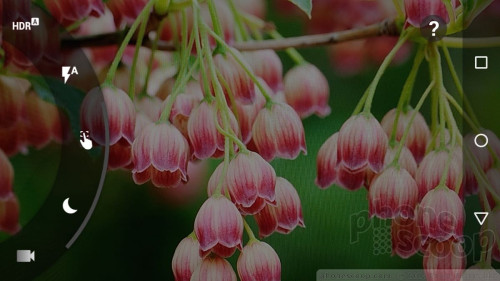
The settings are arranged in a rotating dial. Earlier versions of the Motorola camera app were rather limited in their feature set. The Moto G includes HDR, flash, touch-to-focus, night shot, a timer, panorama, location, memory card, and sound controls all in this dial. You essentially toggle them on or off; that's about it.
As with older Moto handsets, the 2015 G has an always-on burst mode. Press the screen and hold, and the G will focus and then fire off two shots per second until you take your finger off the screen. Swipe up or down to zoom in or out, and swipe from the right edge to the center to open the gallery.
You can't adjust ISO, brightness, or white balance, which may be limiting to some users. I think Samsung, LG, and HTC still offer more robust camera apps, but I suppose there's something to be said for the simplicity of Motorola's camera.
Photos/Video
The Moto G has a 13-megapixel sensor and it's one aspect of the phone that is dramatically improved. Motorola's cameras have been hit-or-miss over the years and I'm happy to say the 2015 Moto G offers above-average performance for its class.
The images are generally sharp and have accurate exposure and white balance. Not all the images are perfect, but the majority of them turn out well. I saw some grain from time to time, and exposure/white balance issues, but they were rare. The f/2.0 aperture definitely helped out in darker shooting environments. Most people will be happy with the images they get from the Moto G. I'd probably use it on vacation, but would jump to my real camera for weddings, and other important events.
The selfie cam captures 5-megapixel images and has a wide angle of view. I was relatively satisfied with the results, though they tended to be a bit grainy.
You can select either 1080p or 720p HD resolution when shooting video. The results are about the same to my eyes. The Moto G did a great job with focus and exposure, but white balance shifted a bit here and there when panning the phone around. The video footage I captured looked decent when blown up on my HDTV, but I've seen better. As with the camera, I'd use the Moto G happily for daily video needs, but might jump to something better for more vital needs.
Wrap-Up
The Moto G is a hard smartphone to beat. It's a winner on almost all fronts, and its $180 price tag gives it a killer edge over competing handsets. In the plus column: it's waterproof; is customizable through Moto Maker; offers good battery life, signal performance, and voice quality: comes with stock Android and quicker system updates; includes excellent, customizable lock screen behaviors; and the camera outperforms most others in this class. In the minus column: the GPS isn't as accurate as it could be. That's hardly anything to cry about.
I can't think of any other modern handset that offers the same bang for the buck that the Motorola Moto G does. If you're shopping for a sub-$200 handset, this is the first phone you should consider. Period.
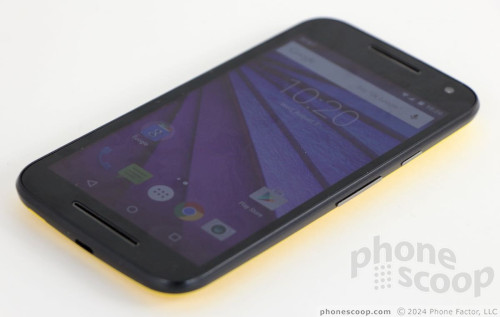
Comments
Best Budget Smartphone?
Microsoft 640 less than half the price of the Moto G
ALCATEL ONETOUCH IDOL 3 $20 more
Asus Zenfone 2 16GB $30 less


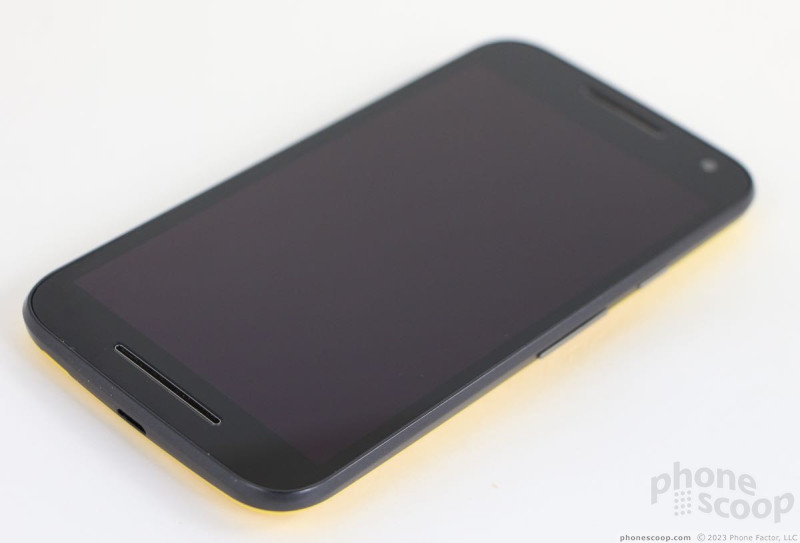
















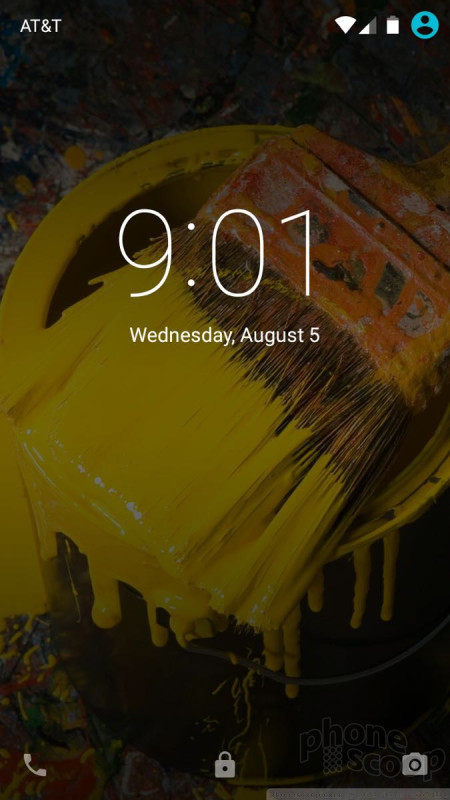




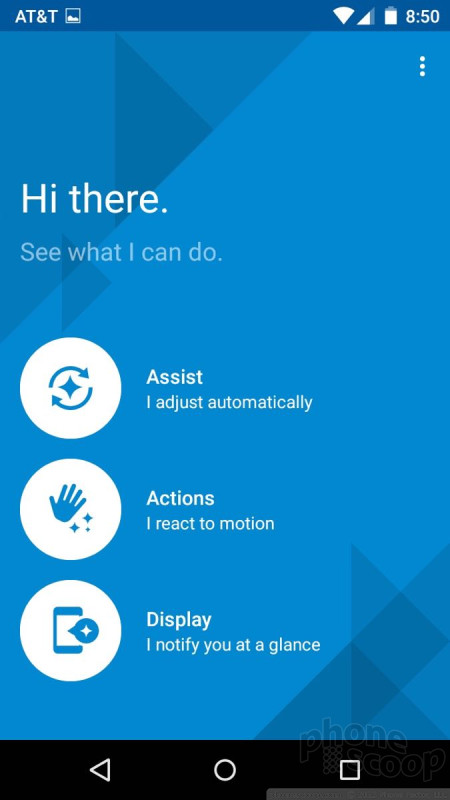







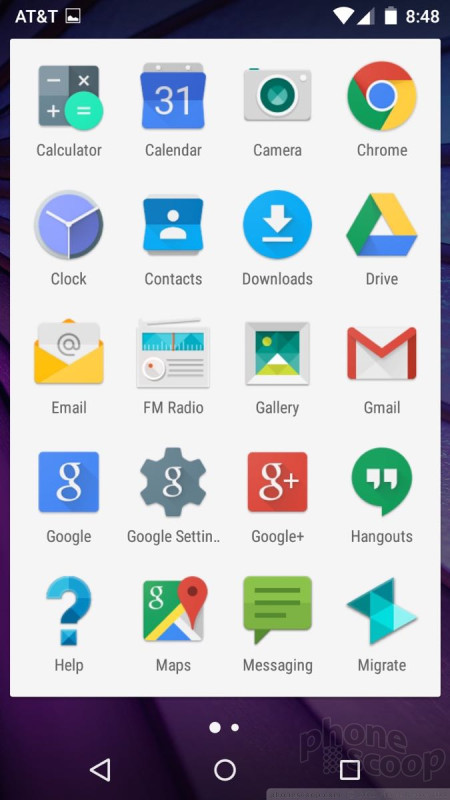






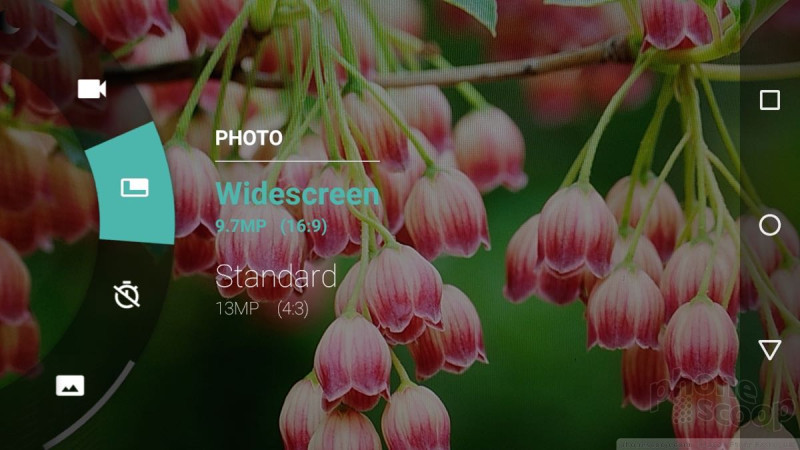

















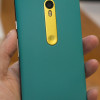 Hands On with the Moto G
Hands On with the Moto G
 Liveblog of Motorola 2015 Event
Liveblog of Motorola 2015 Event
 Motorola Updates Camera, Gallery Apps
Motorola Updates Camera, Gallery Apps
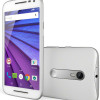 Moto G Is Waterproof and Can Be Customized Via Moto Maker
Moto G Is Waterproof and Can Be Customized Via Moto Maker
 Motorola Moto G (GSM, 3rd gen.)
Motorola Moto G (GSM, 3rd gen.)



